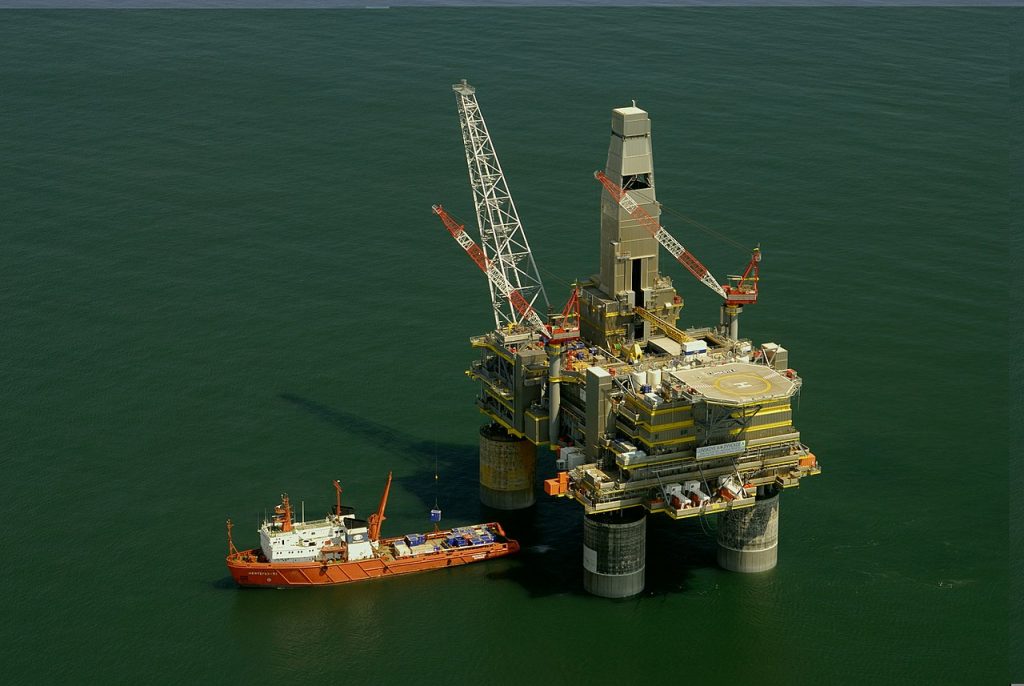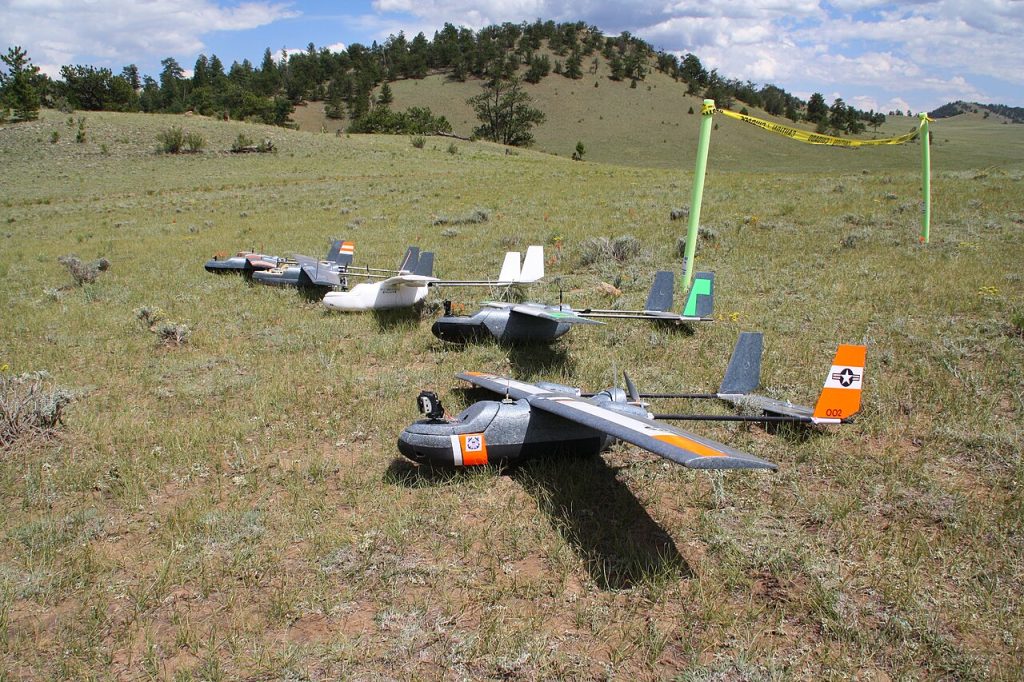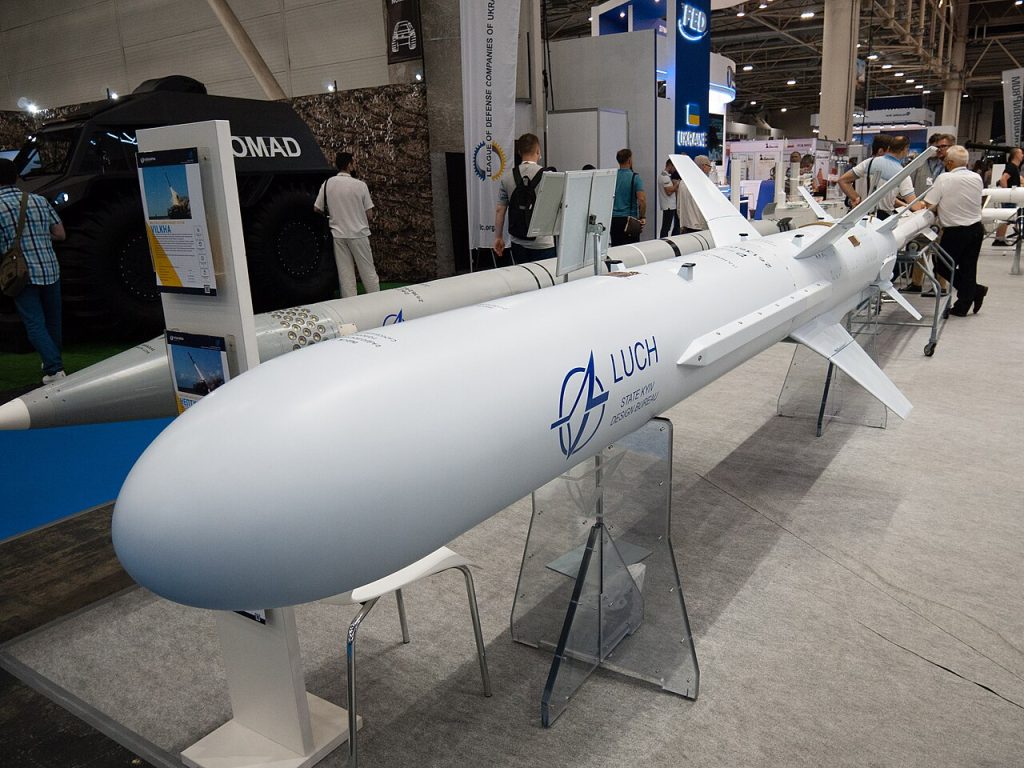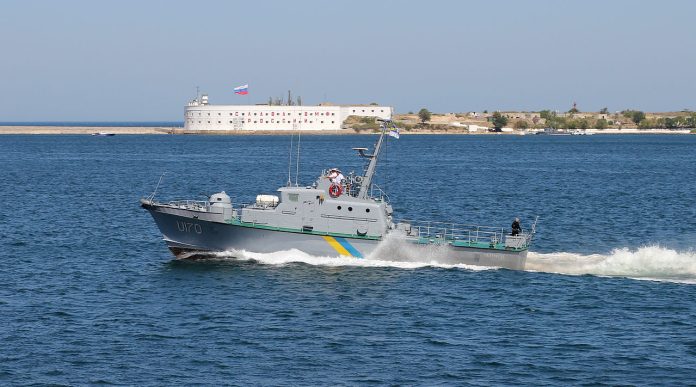
“The enemy’s reconnaissance and observation systems, as well as the crew of an anti-tank missile complex, were destroyed.” This stark statement from Ukraine’s Navy on November 3 signaled not just another battlefield success, but a calculated dismantling of Russia’s surveillance and strike capabilities in the Black Sea. The precision drone strike on the Sivash drilling platform-an oil-and-gas rig that had been refitted as a militarized observation post-obliterated an elite Russian spetsnaz detachment and sent secondary explosions through stored munitions.
It wasn’t a one-off. It was part of a growing Ukrainian campaign to degrade Russia’s maritime intelligence network, cripple its energy infrastructure, and weaken its air-defense shield. From kamikaze sea drones to Neptune cruise missiles, Ukraine’s evolving toolkit is reworking the operational map. The following nine developments reveal how Kyiv is systematically eroding Moscow’s Black Sea posture and stretching its defensive resources across multiple fronts.

1. Neutralizing the Sivash Surveillance Hub
The Sivash drilling platform, which Russia seized in 2014, had been converted to a radar and signals intelligence node. Equipped with optical sensors, radio reconnaissance tools, and anti-tank missile teams, it gave Moscow eyes over the north-western Black Sea. Ukraine’s strike eliminated those assets in one blow, removing a key elevated firing position and reducing Russia’s ability to track naval movements between Odesa and Crimea. The consequences of this attack thus went far beyond the immediate losses. In taking out that hub, Ukraine disrupted cueing for shore-based missile systems and complicated Russian targeting of small craft and unmanned vessels operating along Ukraine’s coastal corridor.

2. Precision Drone Strike Tactics
This is suggested by footage of an attack released by Ukrainian sources and defense analysts, which involved a combination of USVs and FPV aerial drones. A real-time spotting overhead UAV was used in concert with the sea drone that carried the explosive payload. This modular, scalable approachwhere USVs can launch multiple FPV dronesoverwhelms point defenses to strike on targets above deck Such tactics mark a maturation of Ukraine’s unmanned warfare stack in integrating surveillance, delivery, and close-in loitering attacks to defeat layered defenses on fixed maritime targets.

3. The Boyko Towers as Strategic Targets
The Sivash rig is one of four offshore installations, referred to as the Boyko Towers, that also include the Petro Hodovanets, the Tavryda, and the Ukraina. These platforms, captured in 2014, have been militarized with electronic warfare and hydroacoustic systems. Their commanding positions make them especially apt for hosting long-range observation and missile teams. Operations by Ukraine against these towersboth the regaining of control and striking occupied onesdeny Russia full control of Black Sea waters and push Kyiv closer to its stated goal of reclaiming Crimea.

4. Switching Off Russia’s S-400 Air Defense in Crimea
Within 48 hours of the Sivash strike, the Ukrainian defense intelligence reported the destruction of a 92N6E multifunction engagement radar and autonomous power supply of a Russian S-400 “Triumf” battery in Crimea. Additional hits on an AORL-1AS airfield surveillance radar and P-18 “Terek” early warning radar further degraded Moscow’s layered air-defense network. With the blinding of key sensors and power cuts to command posts, Ukraine extended Russian recovery times and created exploitable gaps for follow-on strikes.

5. Expanding Sea Drone Capabilities
Ukraine’s Security Service, or SBU, introduced a modernized version of the “Sea Baby” drone that has an extended range to 1,500 km, with a payload capacity of 2,000 kg and AI-assisted friend-or-foe targeting. Variants will have rocket launchers, machine-gun turrets, and even drop aerial drones. As Brig. Gen. Ivan Lukashevych said, “The SBU became the first in the world to pioneer this new kind of naval warfare and we continue to advance it.” These drones have already forced Russia to relocate its main Black Sea base from Sevastopol to Novorossiysk.

6. Neptune Missiles Strike Deep Inside Russia
On 31 October, Ukraine targeted the Oryol Thermal Power Plant and Novobryansk electrical substation with indigenous Neptune cruise missiles. Initially an anti-ship weapon, Neptunes have been fitted out for land-attack missions, with the strikes reaching hundreds of kilometers into Russian territory. Both objects provided electrical power to military enterprises. Their destruction dealt a real blow to the military-industrial logistics of Russia, pushing air-defense resources inland and away from the front line.

7.Targeting Russian Energy Infrastructure
The Oryol TPP provided up to 40% of regional power and 65% of the city’s heating supply. The Novobryansk substation was a major grid node. Disabling these sites not only disrupted military production but also pressured civilian infrastructure. A series of attacks were carried out in retaliation for Russian strikes on Ukraine’s energy grid, a tit-for-tat escalation aimed at weakening each side’s ability to get through the coming winter.

8. Forcing Russian Naval Retreat
Repeated Ukrainian USV and UAV strikes since 2023 have pushed major Russian naval units eastward, away from Odesa’s approaches. The Sivash strike reinforces this trend, underscoring that offshore militarized platforms are no longer safe. The shift affects military and commercial maritime traffic, bolstering Ukraine’s ability to continue grain and metals exports despite the conflict.

9. Stretching Russian Defensive Resources
By striking at surveillance nodes, air-defense radars, and energy infrastructure in quick succession, Ukraine forces Moscow to disperse manpower and logistics. Protecting the remaining Boyko Towers, repairing damaged radars, and guarding the energy sites all become competing demands for scarce resources. This cumulative pressure increases friction in Russian command and control, slows operational tempo, and widens the window for Ukrainian maneuver at sea and in the air. The Ukrainian strike against the Sivash platform was more than a tactical success; it was a demonstration of integrated, multi-domain warfare designed to dismantle Russia’s Black Sea surveillance and strike architecture. Teaming unmanned maritime attacks with deep strikes against energy and air-defense assets creates operational dilemmas that Moscow cannot readily solve. If the tempo is maintained, the ability of Russia to monitor, defend, and project power within the Black Sea will continue to decline and reshape the strategic balance in the region.


